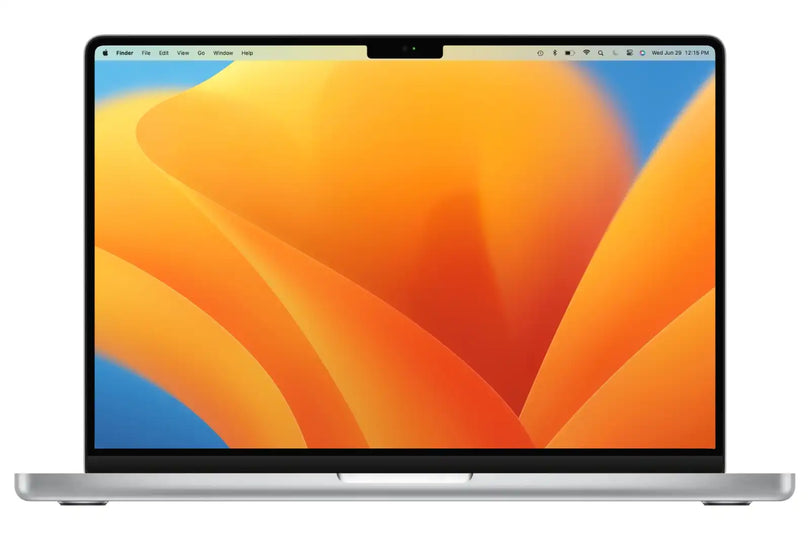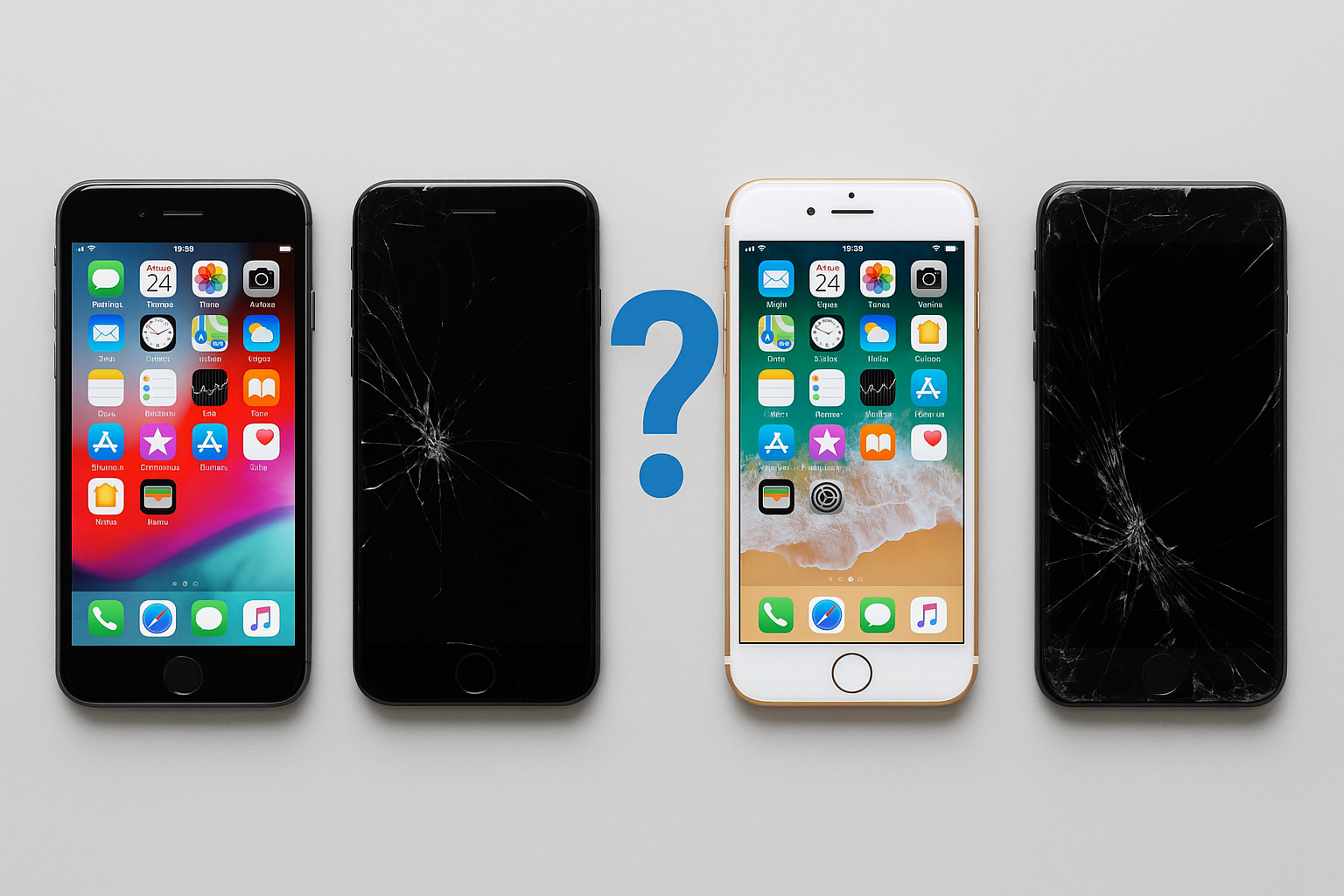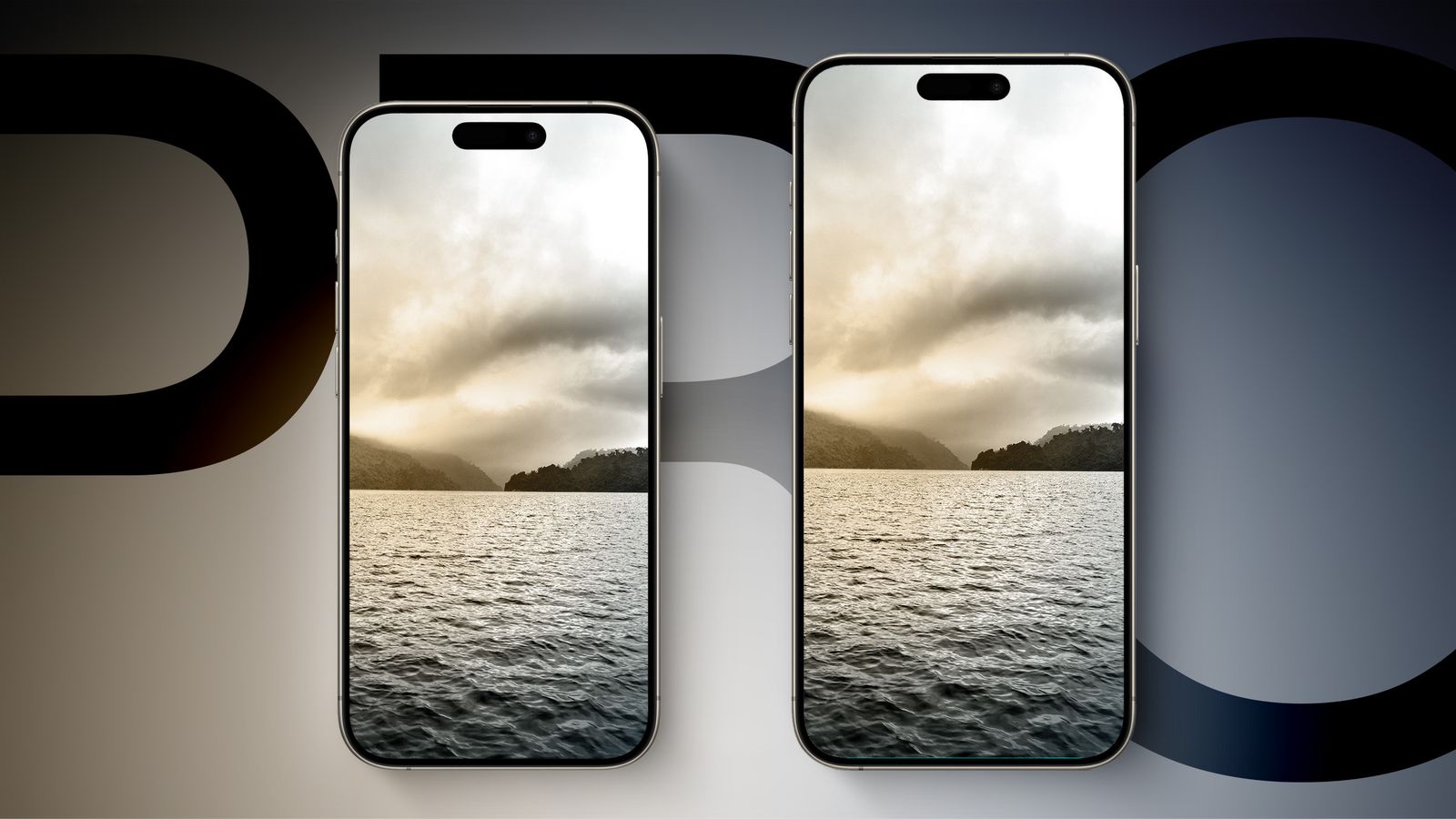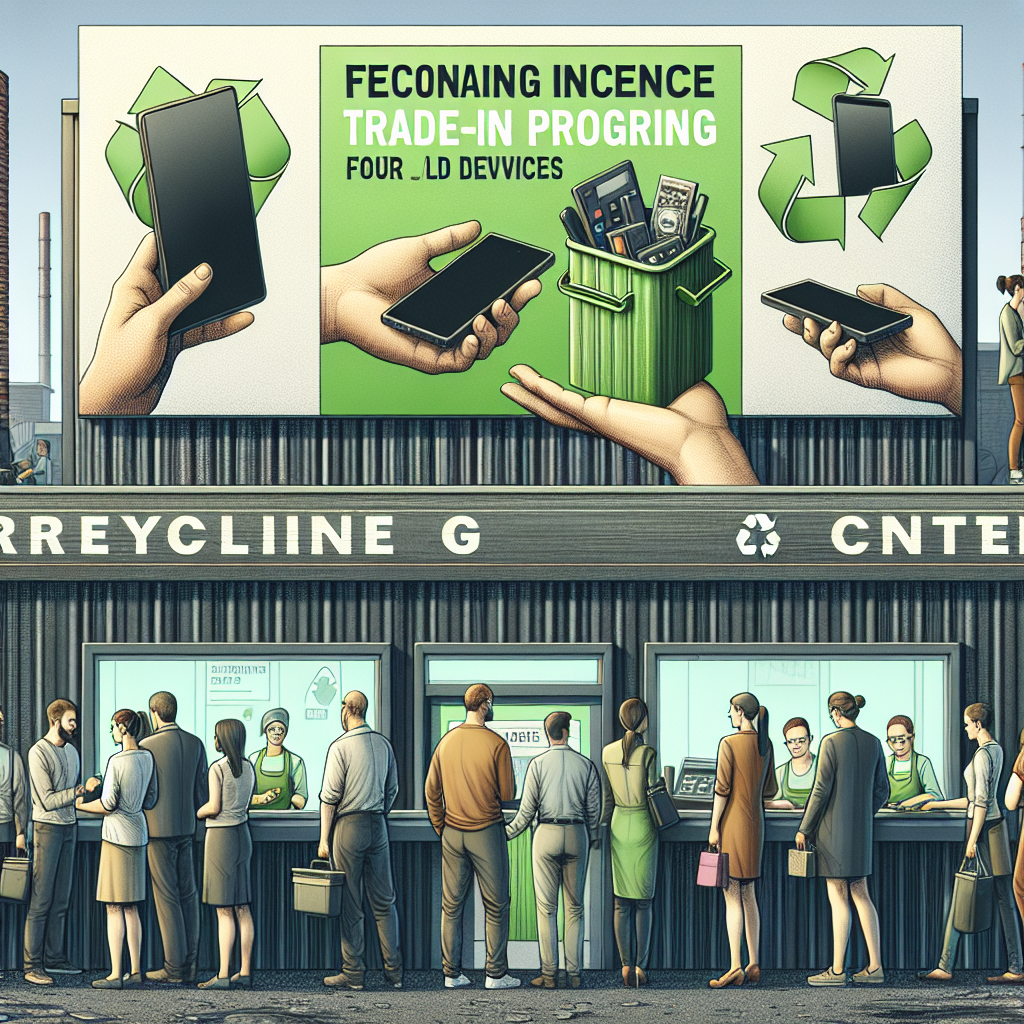Mac OS
Mac OS is an operating system created by Apple for their MacBook series, iMacs series, and other Mac models. Mac OS has many competitors such as Windows, Linux, and Chrome OS. Although there are many competitors in the computer operating system industry, Microsoft’s Windows and Apple’s Mac OS seem to dominate the market, with Windows having a market share of around 76.33% while Mac OS owning 14.64% of the market as of May 2022.
Mac OS is typically regarded as the more expensive option when compared to most Windows devices. However, even with Mac OS being seen as the more expensive option, according to Vanson Bourne (a third-party research firm) out of 2,244 unviersity students across five countries, 71% of them said that they would prefer to have a Mac over a Windows laptop if they could afford one. This seems to be contradictory to our assumptions, since typically students would attempt to minimize their costs and go for the cheaper option, yet when it comes to their preferences of operating systems, most students would like to purchase Mac OS although it is the expensive option. One conclusion that could be drawn from this statistic is that Mac OS might have more to offer to students than Windows does.
Apple uses a wide-range of high-quality materials in their MacBooks while most Windows laptop manufacturers use cheaper materials; this means that on average, MacBooks last longer before needing repairs or replacement parts due to wear and tear from heavy use over time - which makes them ideal for students who need something lightweight yet durable enough to withstand daily use for a long time. Another noteworthy mention is that Mac OS is relatively more efficient than Windows is; hence, MacBooks generally have a much longer battery life when compared to an average Windows laptop, even in cases where the Windows laptop might have a larger battery than the MacBook.
Windows
Windows as mentioned previously is another operating system created by Microsoft to be used on most laptops and is not exclusive to Microsoft laptops only. Windows is offered on a wide range of laptops going from cheap laptops with average hardware to expensive laptops with very powerful hardware.
The most obvious difference between Windows and MacOS is the familiarity of each operating system. Due to Microsoft’s large market share in the operating system market mentioned earlier, many people are more familiar with Windows than they are with MacOS, and this can make it easier for students to get used to using your program on a daily basis.
Also, Windows generally has an advantage over Mac OS when it comes to compatibility, since almost all applications available today will work fine on Windows, but not necessarily on Mac OS. This advantage that Windows has over Mac OS is typically where most students begin to hesitate with going for a Mac OS device, since they might have to look for alternatives for incompatible applications if they decide to use Mac OS.
Pricing
When it comes to pricing, Mac OS devices are typically more expensive than Windows devices (depending on the hardware in the Windows device). However, Apple offers discounts for students and other users in the education industry. For example, if you're a student who has an Apple ID and agree to participate in the Student Advantage program (a separate agreement), then you can get a discount on certain Macs and other Apple devices and software.
Type of Usage
If you are a student that must use apps for creativity and productivity such as 3D modelling applications and other digital arts applications during your course, then Mac OS should be your go to option, as Mac OS is designed specifically for such uses. For example, Mac OS’s ability to render edited videos on applications like Adobe Premiere Pro and Filmora is more efficient and faster than the average Windows device.
On the other hand, if you are an engineering student that requires the use of CFD Simulation software for your degree, then a device with Windows as the operating system should work better than a MacBook. This is because most CFD and other CPU-Intensive applications are typically available on Windows but are not available on Mac OS. For example, if you would like to use Ansys, an engineering simulation software, most applications within Ansys are supported on Windows but are not supported on Mac OS.
Compatibility
As a student, most applications that you will be using would probably be available on both Mac OS and Windows; however, as mentioned earlier, Windows has the upper hand in terms of compatibility with most applications while Mac OS does not. Hence, if you would like to purchase a Mac OS device, make sure that the applications that you would need for your studies are available on Mac OS or at least try to find good alternatives for such applications.
One very important thing to note is that Mac OS has a high level of integration with other Apple software such as IOS and iPad OS, meaning that if you own a Mac OS device, it is very simple to utilize your iPhone or your iPad along with your Mac OS device and get more functionality out of them. For example, one feature that might be very useful for programming students on Mac OS is that you now could utilize the Universal Control feature to connect your iPad to your Mac and use your iPad as a second screen. This would now allow programming students to focus on their code on one screen while they could preview the output screen on the other, thus allowing them to focus more and increase their productivity. The Universal Control feature is one of many features that could be used to integrate Mac OS with your other Apple devices.
Note-Taking and Sharing
Another major difference between the two operating systems is that Mac OS has better note-taking apps. Apps such as notability, craft, and many others are typically exclusive for Mac OS and provide Mac users with many useful features for note-taking such as: the split-screen feature, annotations on notes, interesting integrations between notes taken on Mac and iPad, and ease of sharing notes using Airdrop.
It’s also easier to collaborate on projects using various devices and apps across multiple platforms. For example, if you work with someone else who uses a Mac, then they can edit together their ideas in real time without having to transfer any files back and forth between devices.
Ease of Use
Windows and Mac OS are both one of the easiest operating systems to use for any computer out there. However, Mac OS seems to be slightly ahead in terms of the design of their graphical user interface (GUI), making it seem simpler and more aesthetic compared to Windows.
Because it's more user-friendly, Mac OS makes it easier for students who want to learn about computing without having any prior experience with computers. The interface is simple enough that even someone who's never used a computer before can get started and work their way through the operating system.
One downside that is worth mentioning regarding Windows is its frequent updates. Although Windows updates improve security and functionality to all Windows users, a lot of the times the new updates could end up confusing the user. Hence, Mac OS’s method of making massive GUI differences an annual event is preferable over Windows’s unexpected updates.
Hardware Design
As most of us already know, Apple is known for their efficient and aesthetic designs of their devices. Apple always like to keep it simple, practical, and elegant. Unlike the MacBook, there are many Windows laptops available in the market that can be used by students but most of them fail to impress due to their heavy weight and unpractical size which makes it difficult for them to carried around. The MacBook, in terms of hardware design, offers a much more practical shape and a lightweight design, thus students are easily capable of carrying it around campus.
Although MacBooks offer a lighter and a more practical design, this does come at the cost of removing some ports from the sides of the MacBook such as the audio jack, HDMI connections, USB 2 or 3 ports, and more. Most Windows laptops offer more ports that seem necessary to most users than Mac OS laptops, which means that if you would like to purchase a MacBook you would need to make additional purchases for accessories that allow you to connect some of your other devices to your MacBook.
Conclusion
In conclusion, the question of which operating system is better for students can be answered with a resounding “it depends.” In general, both operating systems are good choices for most students. They have many similarities in terms of their basic functions but also some notable differences that may appeal more to certain students.
If you look for more productivity, practicality, and simplicity with your new device, then we would suggest you look more into buying a MacBook; on the other hand, if you’re a student that requires a certain level of functionality with your device, then we would suggest a device with Windows.






